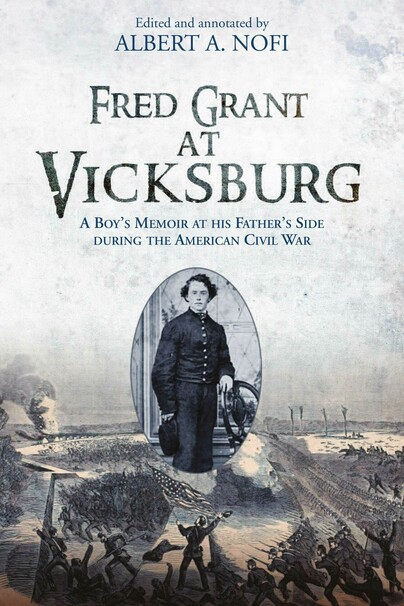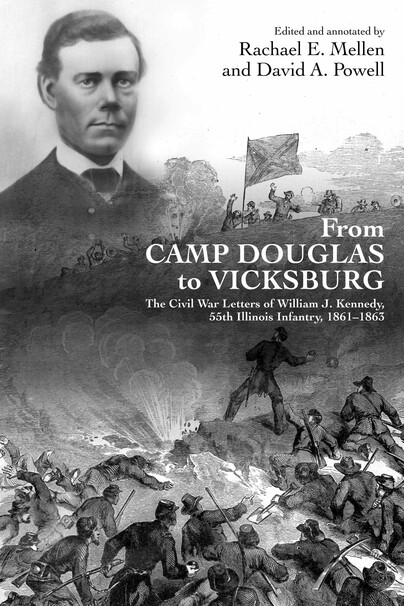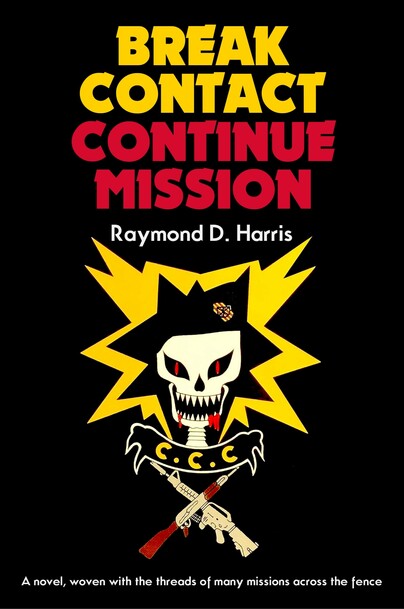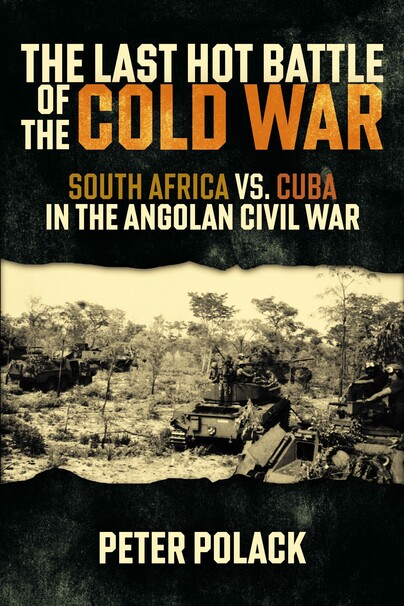May and June 1864 in Virginia witnessed some of the most brutal and bloody fighting of the Civil War. After the Wilderness, Spotsylvania Court House, North Anna, and Cold Harbor, combined losses for the two armies exceeded 80,000 men killed, wounded, and captured. And the result after all that carnage was a stalemate outside the gates of Richmond.
Federal Lt. Gen. Ulysses S. Grant remained undeterred and set his armies toward their next target: The logistical powerhouse of Petersburg. Grant’s surprising maneuver, which included the construction of a massive pontoon bridge across the broad James River and a surprise march against Petersburg, caught Confederate commander Robert E. Lee by surprise. Petersburg was but lightly guarded and seemed at the mercy of the aggressive Federal commander. Its fall would cut the lifelines into Richmond and force the evacuation of the Southern capital. The capture of the city would ensure President Abraham Lincoln’s reelection and eliminate whatever thin hopes the Confederacy still had for victory.Petersburg was fortified, its garrison small but determined to hold the city. Department commander, Gen. P. G. T. Beauregard, realized the danger and shifted as many men as he could spare into the defenses and took the field himself. North of the river, meanwhile, Lee remained unconvinced that Grant had stolen a march on him. Three days of battle (June 15-17) followed. The Federals bungled the effort, and somehow the understrength Confederates managed to fight the Federals to a standstill. Reinforcements from Lee’s army finally arrived on June 18. Petersburg would hold—for now.Beauregard had won one of the Confederacy’s most impressive victories and one of the Confederacy last strategic victories.Sean Chick’s A Grand Opening Squandered: The Battle for Petersburg, June 6-18, 1864 provides fresh and renewed attention to one of the most important, fascinating, and yet oddly forgotten battles of the Civil War. Inside are original maps, new research, and dozens of images—many published here for the first time. A Grand Opening Squandered is the first in a series on the Petersburg Campaign, which will provide readers with a strong introduction to the war’s longest campaign.
















